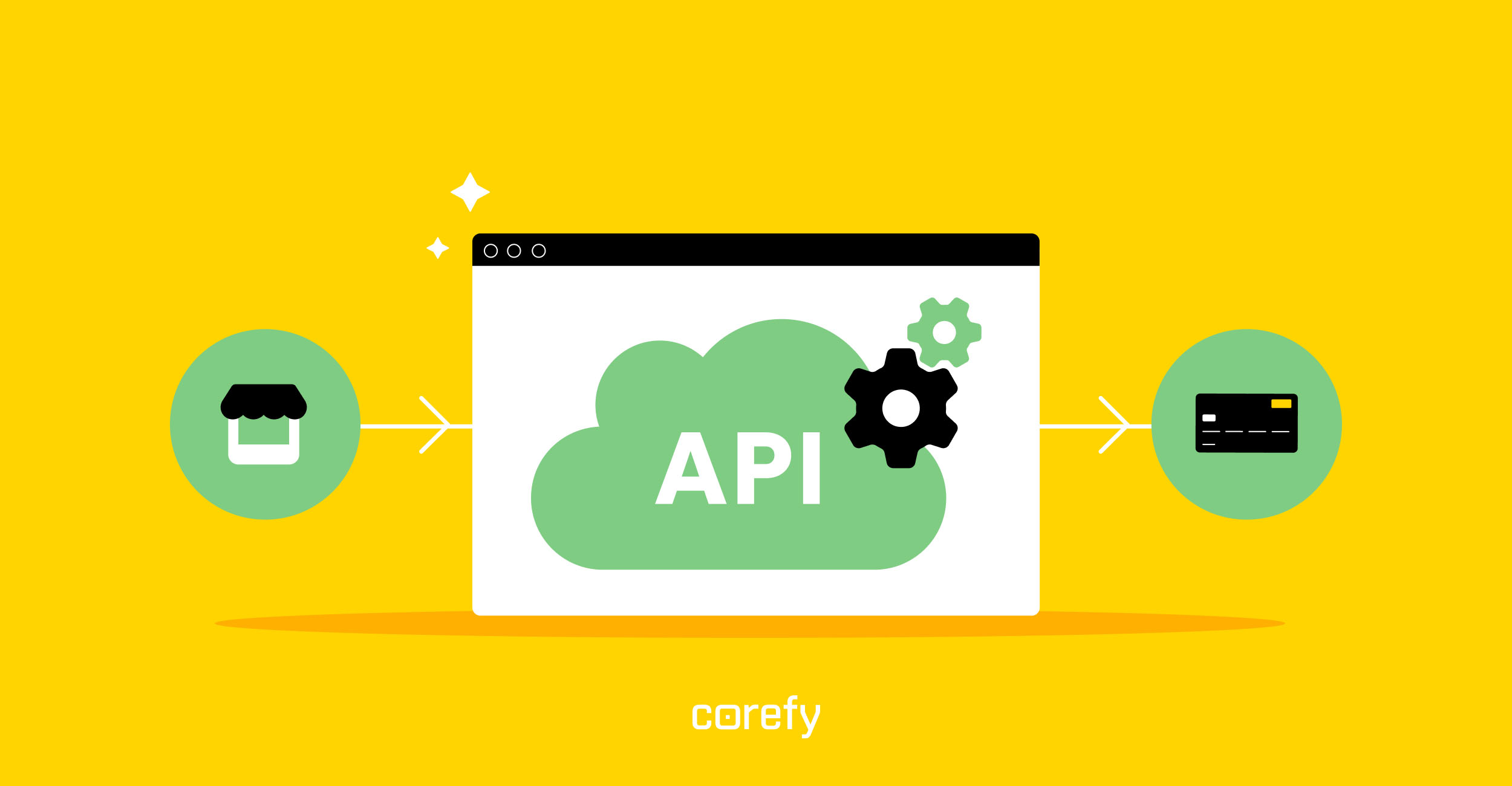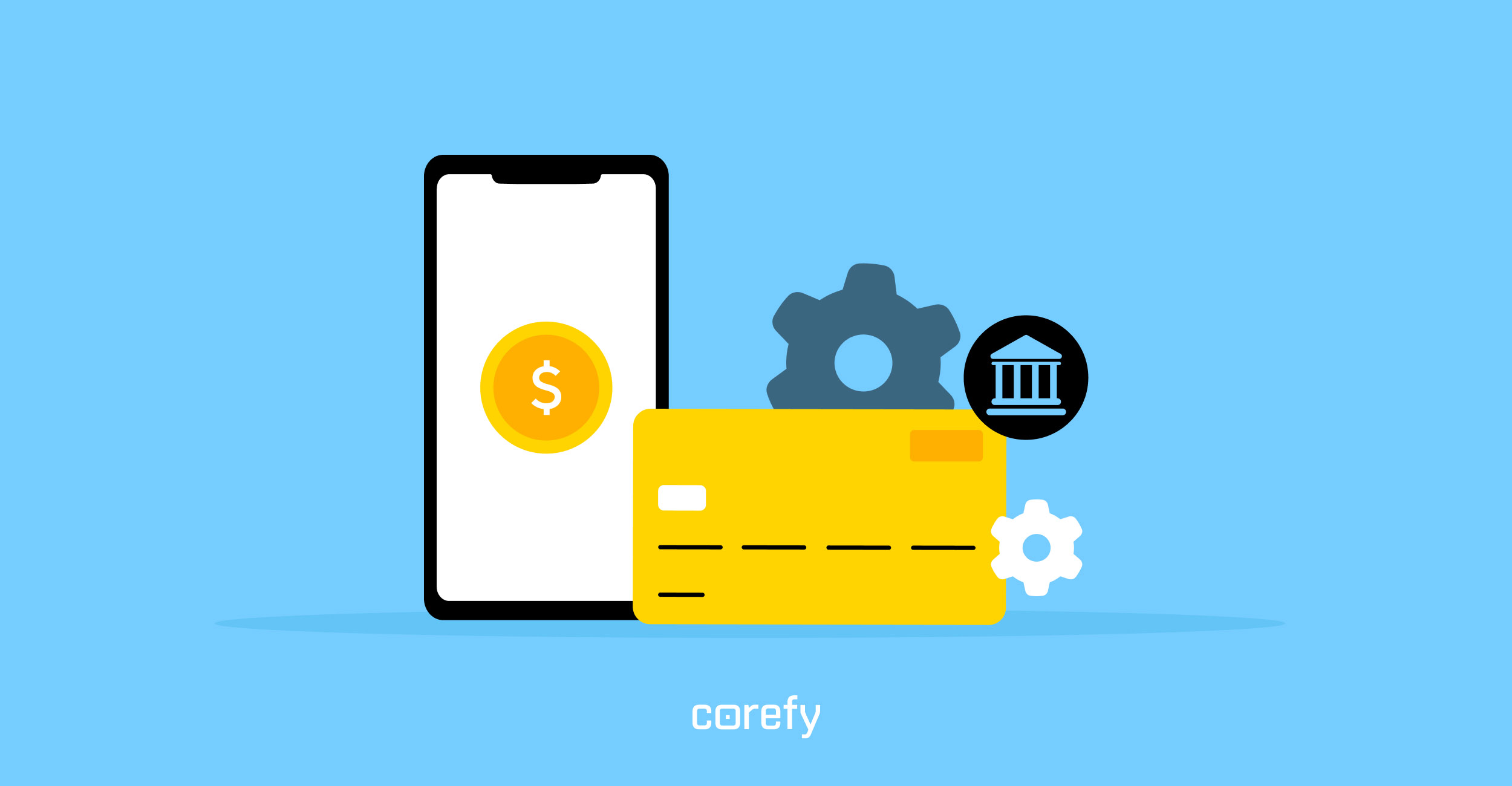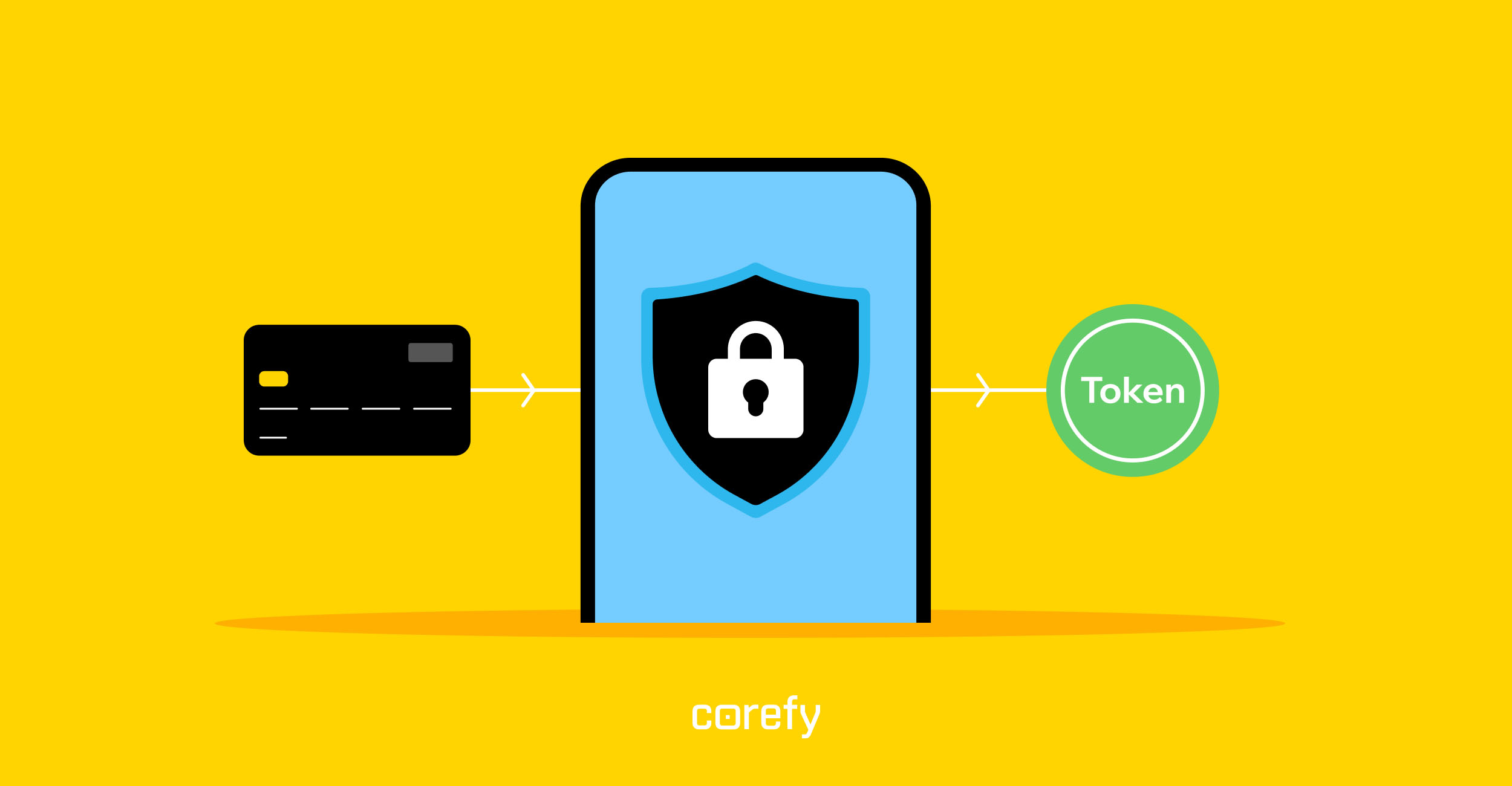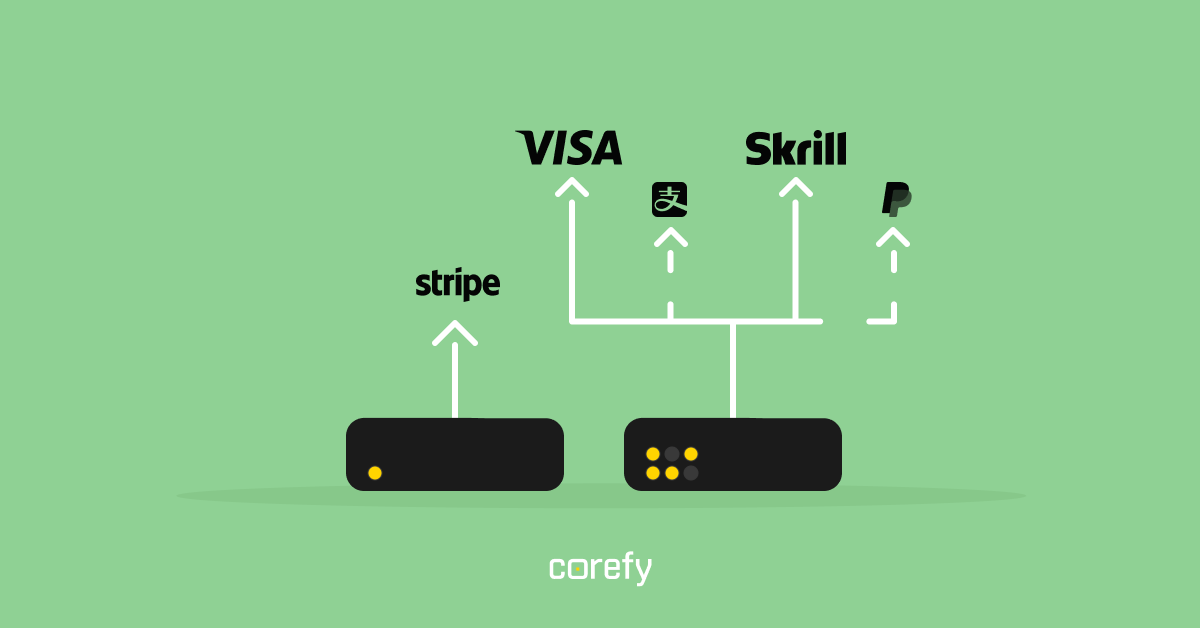High-risk businesses face various payment challenges during their formation and development. Sometimes even simple procedures, like opening a merchant account, may turn into a labyrinthine process for them.
We help different business types to navigate the maze of payment products and services. In this article, we are up to consider the main issues high-risk businesses encounter and ways to deal with them.
First, let's cover the nuts and bolts to understand the whole thing better.
What is a high-risk business?
Banks and other financial institutions may refuse to cooperate with high-risk businesses not to lose funds or reputation by being an accomplice in money laundering or any other schemes that imply financial risk.
Top 4 payment challenges for high-risk businesses
1. Opening a merchant account
Getting a merchant account is among the first steps of starting any business. This procedure takes quite a time, but its complexity grows leaps and bounds when the point is to open a high-risk merchant account. Still, getting proper assistance and instructions help you ease the task. In one of the previous articles, we’ve dwelled upon the details of opening a high–risk merchant account. This is a cheat sheet for projects considered high-risk businesses that want to start accepting payments online.
2. Choosing a reliable payment gateway
Finding a reliable partner to process your transactions is like taking a painkiller while having a migraine. It ceases your torture, and you get back to your business. That is what certain payment gateways can do. So, following the criteria below, you can significantly reduce your stress.
- Coverage & payment methods. Make sure the payment processor you choose can accept payments from different countries. The variety of payment methods is an absolute advantage for a business, for it helps to cover a larger audience.
- Pricing. Don’t be decoyed by minimal commissions – quality service cannot be cheap. Pricing and processing fees for high-risk businesses are usually higher.
- Integration options. Check if there is a method suitable for your needs. Usually, merchants can integrate a payment platform in several ways: API, server-to-server, or a hosted payment page.
- Tech support. Users may encounter difficulties while making payments, so they may need help anytime. It may also influence the conversion. If your payment page does not work correctly, customers may face, for instance, double debiting. This may lead to many chargebacks, which will negatively affect the business.
- Additional features. These include competitive advantages like multi-currency processing, smart routing and cascading, recurring payments, data security, etc.
3. Maintaining the rolling reserve
Acquiring banks or payment processors with no particular reasons to trust high-risk businesses but are not ready to refuse and lose them request a rolling reserve. It means that a certain amount of funds in the merchant account is kept untouched for a specific period. Usually, this sum fluctuates from 5% to 10% of the monthly turnover. The term may be connected with the 120-day rule of issuing chargebacks.
It’s important to understand that a rolling reserve isn’t a fee or something negative. It’s like a safety net that allows businesses and banks to protect themselves from any issues connected with chargebacks.
4. Chargeback & fraud
First, admit that businesses cannot be fully protected from chargebacks. Still, some steps help to reduce the chargeback ratio and improve your processing history.
Remember that there are cases when chargebacks turn into a fraudulent scheme and unscrupulous customers try to return the money for no reason. So, if the claim looks suspicious and unreasonable, it is crucial to gather counterarguments promptly and reject the chargeback request. The seller usually has 45 days to do this.
Also, be sure to organise a secure payment process. Card payment fraud is one of the main reasons for chargebacks, so proper security and compliance of your payment partners will do good at minimising the chargeback ratio and fighting fraud.
What is the best way for high-risk businesses to accept payments and make payouts?
The optimal variant to accept payments operating in high-risk industries is to integrate a reliable payment orchestration platform with all the necessary features and options. This provides your business with a reliable all-in-one payment processor, allows for smooth transaction processing, and safeguards your project's profitability.
We at Corefy ensure secure payment processing, convenient control of all procedures in a unified interface, support of multiple currencies, and an exhaustive list of payment options for any business, including the high-risk ones. If you need additional advice on the process of organising payment acceptance, do not hesitate to contact us.






.jpg)

.jpg)



.jpg)
